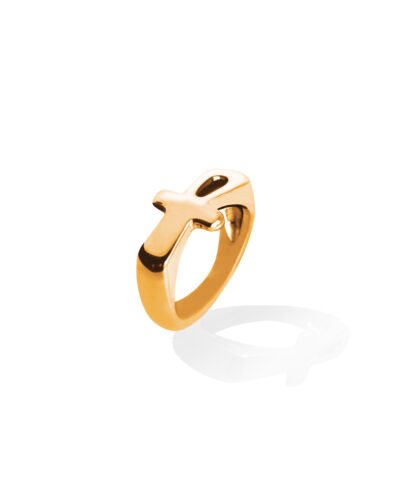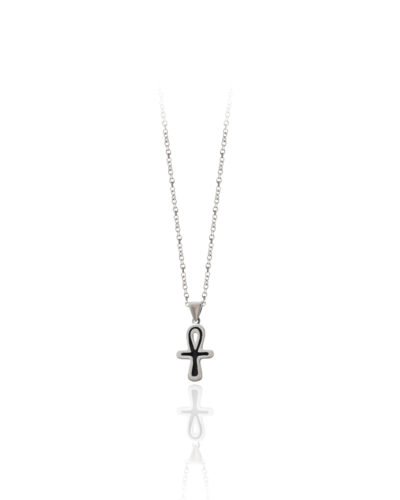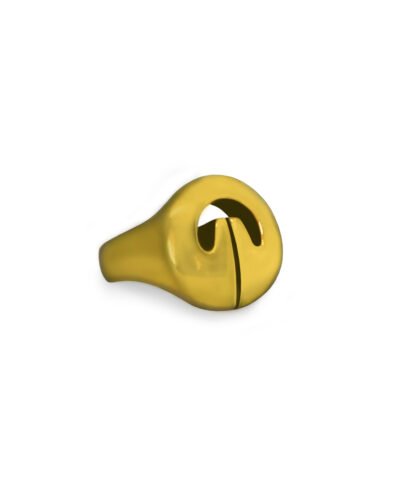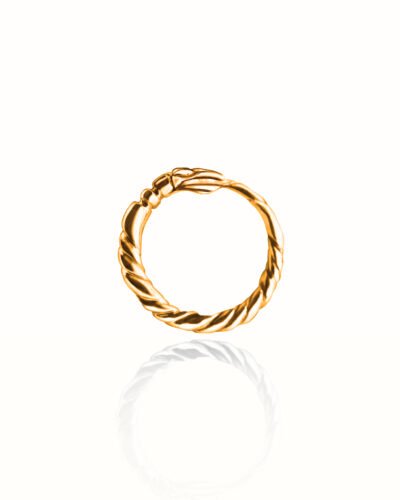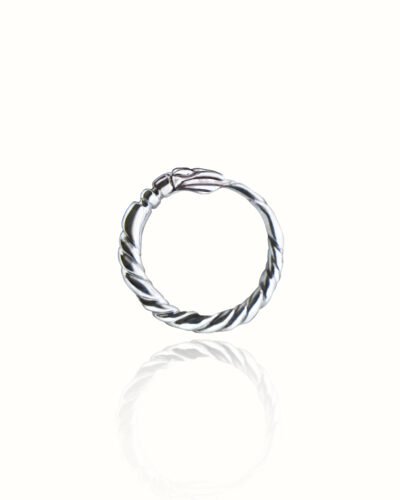The Secrets of Ancient Fertility Symbols: Decoding Their Timeless Power

Let’s step into a realm where symbols speak volumes about the essence of life itself. In this post, we’ll unravel the secrets behind these potent icons—from the revered Mother Goddess to timeless emblems like the spiral and cornucopia.
Fertility, a timeless symbol of life, has always been cherished across cultures and throughout history. It’s woven into the fabric of human existence, from ancient civilizations to modern times. Along this journey, various symbols have emerged, each believed to hold the power to unlock abundance, prosperity, and the gift of life itself.
So let’s journey through time, where ancient fertility symbols speak of renewal, and prosperity. In their embrace, we find a connection to our roots and a promise of enduring blessings, guiding us toward a future filled with life’s abundance.
The Ankh (Ancient Egypt)
The Ankh, often referred to as the key of life or the key of the Nile, is one of the most enduring symbols of ancient Egypt.
The loop over the tau-cross could stand for the Sun, for Heaven and Earth as the macrocosm, and for man as the microcosm. This symbolism intertwines seamlessly with its association with ancient Egyptian deities, including Isis and Osiris, who embody fertility and resurrection. Frequently depicted in Egyptian art and inscribed on amulets, the Ankh served as a protective talisman believed to bestow vitality and fertility upon its wearer. Its shape symbolizes the eternal cycle of life and regeneration, resonating deeply with the mythological and philosophical foundations of Egyptian culture.
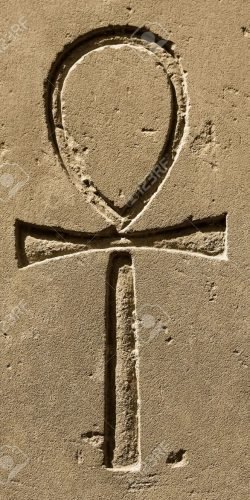
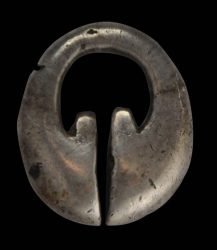
Lingling-o (Ancient Philippines)
A crescent-shaped amulet made of gold or other precious metals, the Lingling-o symbolizes fertility and prosperity in ancient Philippine cultures, often associated with deities and used as jewelry or in rituals. The amulet’s curved shape is thought to represent the womb and the cyclical nature of life, embodying the power of creation and regeneration.
The lingling-o was worn by people in various regions of the Philippines and also all around Southeast Asia (the oldest ones are believed to be over 2500 years old). It was worn because of its “magical” qualities for fertility and prosperity, and at the same time it represented an abstract concept of the Feminine. The symbol is also considered an amulet.
The Yoni (Ancient India)
In Hinduism, the Yoni symbolizes the divine feminine principle and the creative power of Shakti, the goddess of energy and fertility. It represents the womb, the source of all life. The Yoni is revered as a symbol of fertility, abundance, and the cyclical nature of existence.
The Yoni has been celebrated in Hindu mythology and sacred texts. For instance, the ancient text known as the “Linga Purana” describes the cosmic significance of the Yoni as the divine vessel through which the universe is created and sustained. It is believed that the lingam, representing the masculine aspect of divinity, arises from the Yoni, symbolizing the eternal dance of creation and dissolution.

The Pomegranate (Ancient Mesopotamia and Mediterranean)
The pomegranate has been revered as a symbol of fertility, beauty, and eternal life since ancient times. In ancient Mesopotamian and Mediterranean cultures, it was associated with fertility goddesses such as Inanna and Demeter. The pomegranate’s many seeds symbolized unity, reproduction and the abundance of life.
The Spiral (Various Ancient Cultures)
The spiral is a universal symbol found in various ancient cultures across the globe, from Celtic to Native American civilizations. It symbolizes the cyclical nature of life, growth, and evolution. In many cultures, the spiral is associated with fertility goddesses and the creative force of the universe.
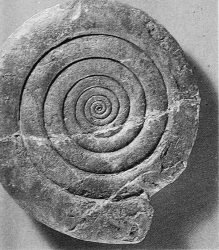
Spiral motifs were often incorporated into jewelry and amulets, serving as symbols of reproduction, transformation, and spiritual growth. Pomegranate motifs were commonly used in jewelry and amulets in different cultures, particularly as symbols of protection during childbirth and pregnancy.
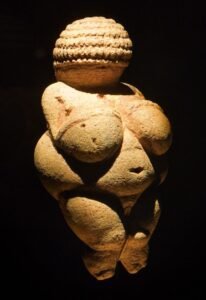
The Mother Goddess (Various Ancient Cultures)
Across various cultures, the Mother Goddess symbolizes fertility, creation, and nurturing. Often depicted as a maternal figure, she embodies the power to give life and sustain it, representing the interconnectedness of all living beings and the cycles of birth, growth, and renewal.
The Egg (Various Ancient Cultures)
Universally recognized as a symbol of fertility and potential, the egg represents the essence of life and the promise of new beginnings. It symbolizes the cycle of birth, growth, and transformation, as well as the idea of protection. In many cultures, the egg is associated with springtime rituals and festivals celebrating fertility and renewal.


The Cornucopia (Ancient Greece, Rome)
Known as the Horn of Plenty, the cornucopia is a symbol of abundance, prosperity, and fertility. Originating from Greco-Roman mythology, it is often depicted as a horn overflowing with fruits, vegetables, and other bountiful offerings. The cornucopia represents the blessings of the harvest and the abundance of nature, embodying the idea of plenty and the generosity of the earth.
Related Products
-
Ankh Gold ring
135,00€ -
Ankh mini necklace
96,00€ -
Ankh ring
115,00€ -
Lingling-o gold
215,00€ -
Lingling-o ring
209,00€ -
Lingling-o Serpent
245,00€ -
Ouroboros Gold ring
90,00€ -
Ouroboros ring
75,00€
Recent Posts
OUR NEWSLETTER
Subscribe to our newsletter and get 10% off your next purchase!

